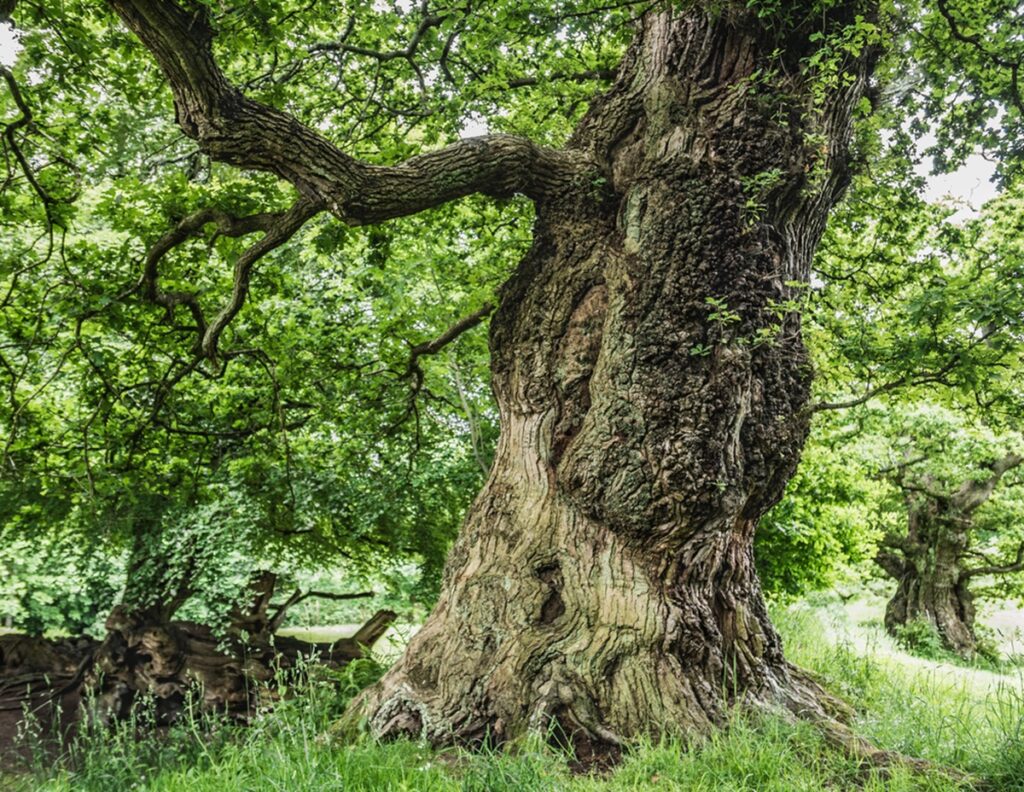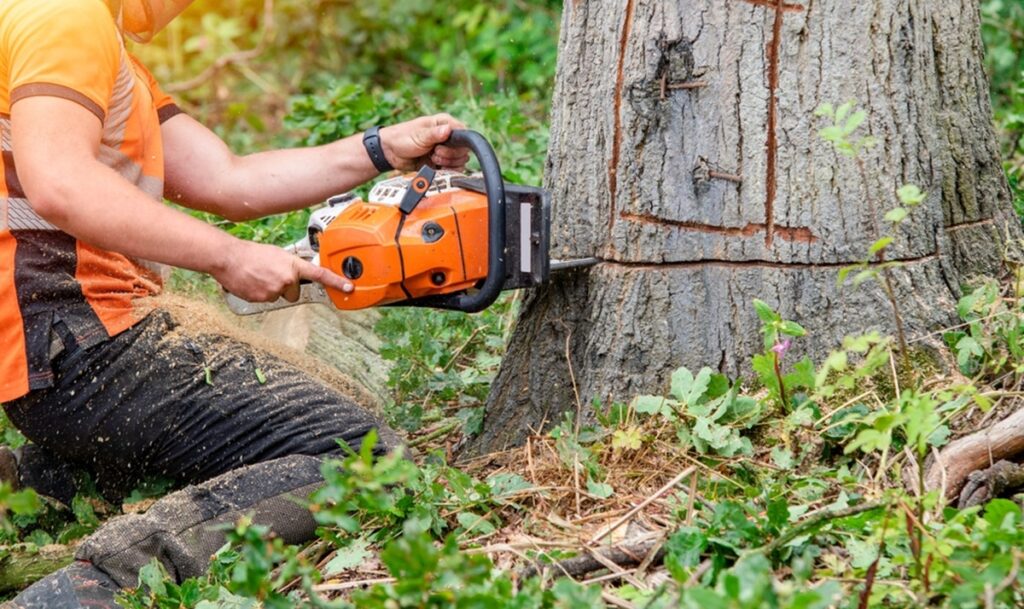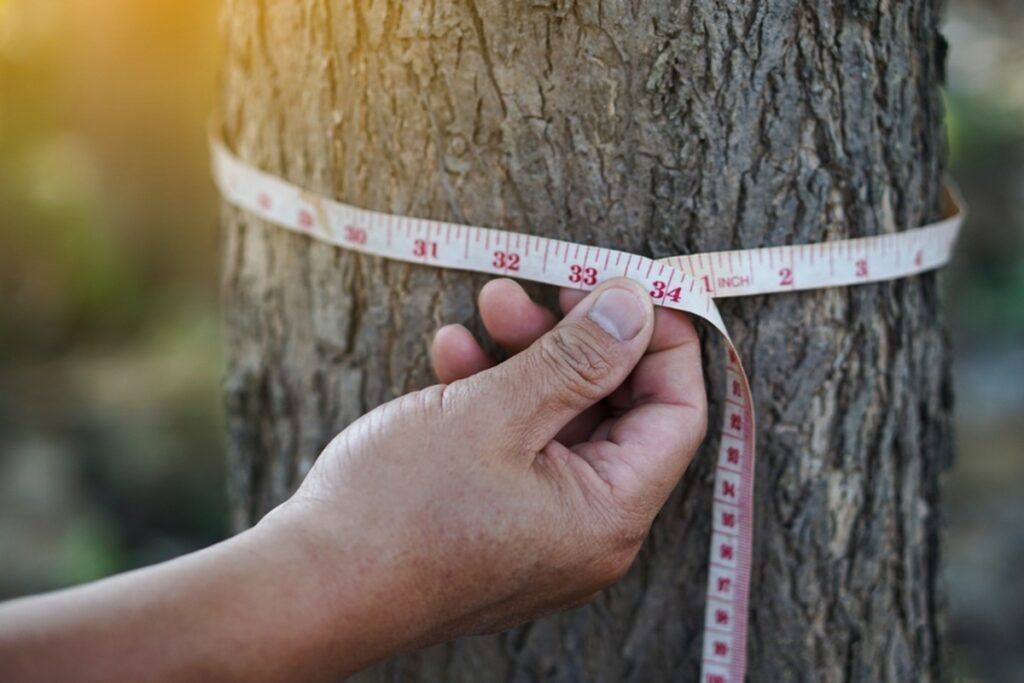Southampton’s historic landscapes and ecological outlook
This coastal city is defined by its maritime heritage, cultural vibrancy, and commitment to green living. As one of the South of England’s major urban centres, Southampton is a hub for regeneration, investment, and housing expansion, particularly around key zones such as the city centre, Woolston, and the waterfront. Despite this urban growth, the city maintains a strong relationship with its natural environment, and tree surveys in Southampton are a vital component of responsible development and land management.
From the historic tree avenues of Southampton Common to the woodlands of Lordswood and the landscaped gardens of Riverside Park, Southampton features a wide variety of trees that play a crucial role in shaping its character and ecological integrity. Mature oaks, plane trees, and lime trees line residential streets in areas such as Portswood, Bitterne, and Shirley, offering not only visual appeal but also important environmental functions, including air purification and urban cooling.

Tree surveys and the planning system
Southampton City Council has recognised the importance of tree cover through policies promoting urban greening and climate resilience. As a result, Southampton tree surveys are increasingly required for planning applications, redevelopment projects, and the long-term care of public and private green spaces.
Protection for Trees in Southampton
Southampton has clear regulations in place when it comes to tree protection, particularly through Tree Preservation Orders (TPOs) and the designation of Conservation Areas. These protections apply to many of the city’s most historically and ecologically valuable neighbourhoods, including parts of Bassett, Old Town, and Highfield. Landowners and developers must not carry out any tree works, such as felling, lopping, or root disturbance, on protected trees without written consent from the local authority. Breaching these rules can lead to enforcement action and legal penalties.
To secure planning permission on sites where trees are present, a professional tree survey is typically required early in the planning process. Tree surveys in Southampton help the local planning team evaluate the amenity, biodiversity and structural significance of existing trees and determine whether they can be safely retained within the proposed scheme. Surveys also help developers avoid unnecessary delays by highlighting potential constraints or opportunities for design adjustments before plans are submitted.

British Standard BS5837 Tree Surveys
The BS5837 tree survey is the standard method used to assess trees on or adjacent to proposed development sites. This survey is based on British Standard 5837: “Trees in relation to design, demolition and construction,” and must be carried out by a suitably qualified arboricultural consultant. It is an essential requirement for almost all applications involving trees, especially in urban areas like Southampton where tree protection is a planning priority.
A BS5837 tree survey involves a systematic assessment of all trees that may be affected by the proposed development, including trees in close proximity. During a tree survey, consultants will record each tree’s species, height, stem diameter, canopy spread, tree condition, estimated lifespan, and retention value. Root Protection Areas (RPAs) are calculated to determine where construction should be avoided to prevent tree damage. Trees are categorised according to their quality and contribution to the site; from high-value specimens that should be preserved to those in decline or in conflict with development goals that could be removed. Where necessary, specialist tools are used to detect internal decay or structural defects. In some case, tree surgery work will be recommended to eliminate a potential hazard; tree work could range from branch lopping to full removal at ground level and stump grinding.

Tree Protection Measures
One of the key outputs of the BS5837 process is the development of practical tree protection strategies. Where trees are to be retained on site, the arboricultural consultant will provide guidance on how to avoid damaging them during demolition and construction. This could involve fencing off RPAs, using ground protection boards, implementing no-dig construction techniques, or managing site access to reduce soil compaction. Where tree removal is unavoidable, the report will include proposals for compensatory planting or ecological enhancements to offset the loss. These recommendations are compiled into an arboricultural report that explains how tree impacts will be managed in a responsible and policy-compliant way.

Tree Reports: the Next Steps
After fieldwork is completed, the data is presented in a comprehensive tree report suitable for submission to Southampton City Council. This report includes a Tree Constraints Plan, showing the location, canopy size and RPA’s of all trees in relation to the proposed layout. Depending on the project’s scope, further documents such as an Arboricultural Impact Assessment, Arboricultural Method Statement, and Tree Protection Plan may be necessary. These supporting documents demonstrate how the development can progress without harming important retained trees and are particularly important for sites within Conservation Areas or affecting TPO-protected trees.
Further Reasons for Tree Surveys
Tree surveys in Southampton are not only essential for planning applications, but they also support wider responsibilities in land management, public safety, and environmental stewardship. Local authorities, schools, universities, housing providers and private landowners often commission tree condition surveys or risk assessments to ensure that trees on their land remain healthy and pose no health and safety issues. Depending on the tree survey findings, further survey work may be required, such as an ecological survey or a tree condition survey. In a city like Southampton, where storms and coastal weather events are becoming more frequent, the importance of proactive tree management is growing. Routine surveys help to identify potential hazards early, prevent structural damage and ensure tree populations are well cared for over the long term.
Tree Consultancy Services: Expert Advice
If you are submitting a planning application in Southampton, managing land with mature trees, or need help navigating local tree regulations, our consultancy can support you. We deliver expert tree surveys and consultancy services in Southampton and across the wider Hampshire region, helping clients achieve compliance while supporting sustainable development and adhering to health and safety requirements. Our qualified arboricultural consultants are highly experienced in BS5837 tree surveys and understand the unique planning landscape in Southampton, ensuring your project progresses smoothly and responsibly.
Obtain a Free Quote for a Tree Survey Southampton
Whether you are at the pre-application stage, need advice on protected trees or their future management, or want to discuss a pre purchase tree survey, we can help. Get in touch via our contact form for a no-obligation, free quote for tree services in Southampton. We can assess your individual requirements and provide tree survey cost details. Our team can arrange a site visit at your convenience and provide clear, professional advice tailored to your site and development goals.